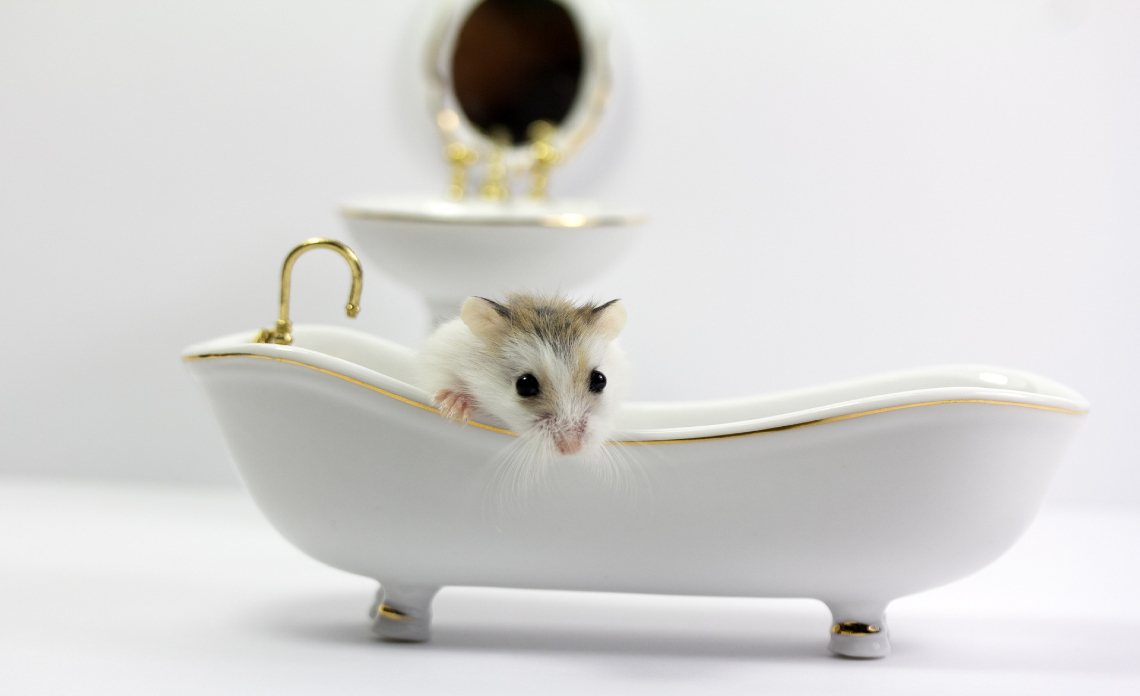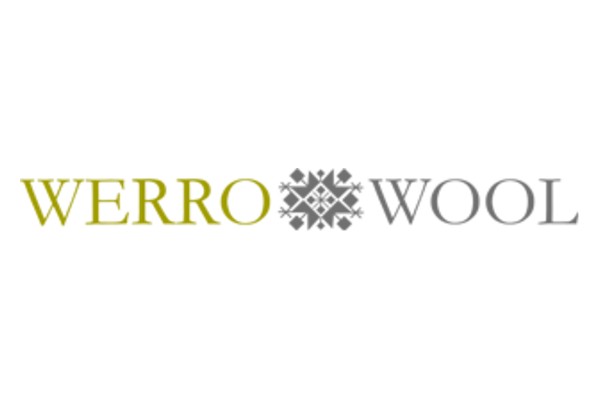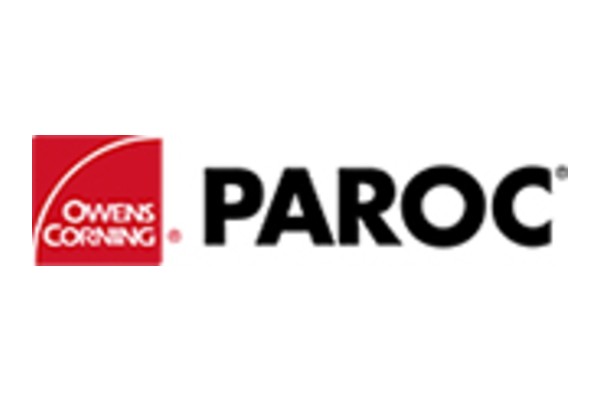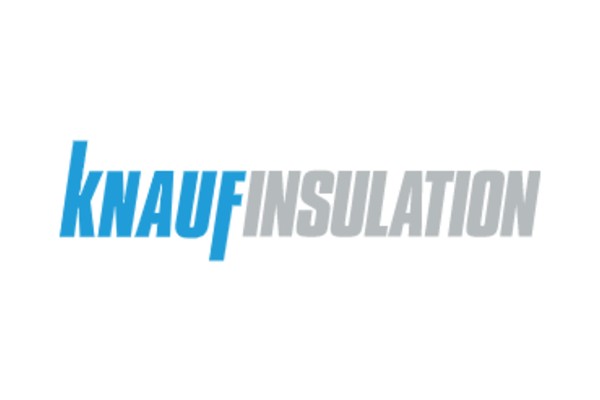When choosing thermal insulation materials, attention should be paid to their biological strength. What does this really mean? The biological resistance of a material is expressed by its resistance to the presence of various rodents and pests. The more resistant the material is to rodents and pests, the safer we can be that the house will not be inhabited by mice or rats, which would damage the thermal insulation layer, carry diseases and create unpleasant moments for the people living in the house.
Rodent safe thermal insulation materials
Rodents do not eat the thermal insulation materials available today, but like to chew. Therefore, when choosing a material, make sure that it will not be on their menu. The experience of our specialists shows that the most popular thermal insulation materials in which rodents do not live are ecowool and high-density wood fiber boards.
Ecowool is not liked by rodents, as it contains 86% recycled cellulose fiber (shredded paper – wood fiber) and 14% natural salt impurity – non-volatile flame retardants and antiseptics (orthoboric acid), which are added during the production process. They cause dehydration and suffocation in rodents. They are safe for humans and the material is completely safe for production, assembly and operation. It provides excellent resistance to the spread of fire, does not rot, does not mold and prevents the spread of rodents.
Wood fiber boards are made of ecological material – softwood fibers, which are natural, environmentally and human friendly. Rodents or insects will not live on these plates because they are low in nutrients and dense and firm.
Other construction materials that rodents don’t like are: foam glass, expanded clay and aerated concrete. Additional protection will also be provided by special basement profiles or metal gratings, as well as plastering of the heat insulating surface – application over special cladding mortars allows to strengthen the outer layer. After hardening, the surface becomes dense and durable, which will also serve as a protective barrier.
Which materials do rodents destroy?
Unfortunately, both mice and rats will gnaw on extruded polystyrene foam and foamed polyethylene, while nesting in glass or mineral wool. Therefore, you need to think about what materials you will use in the foundation of the building and in the construction of the first floor.
For best results, we recommend that you consult with specialists who will find the most suitable solution for your wishes and needs.
















